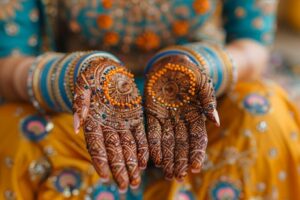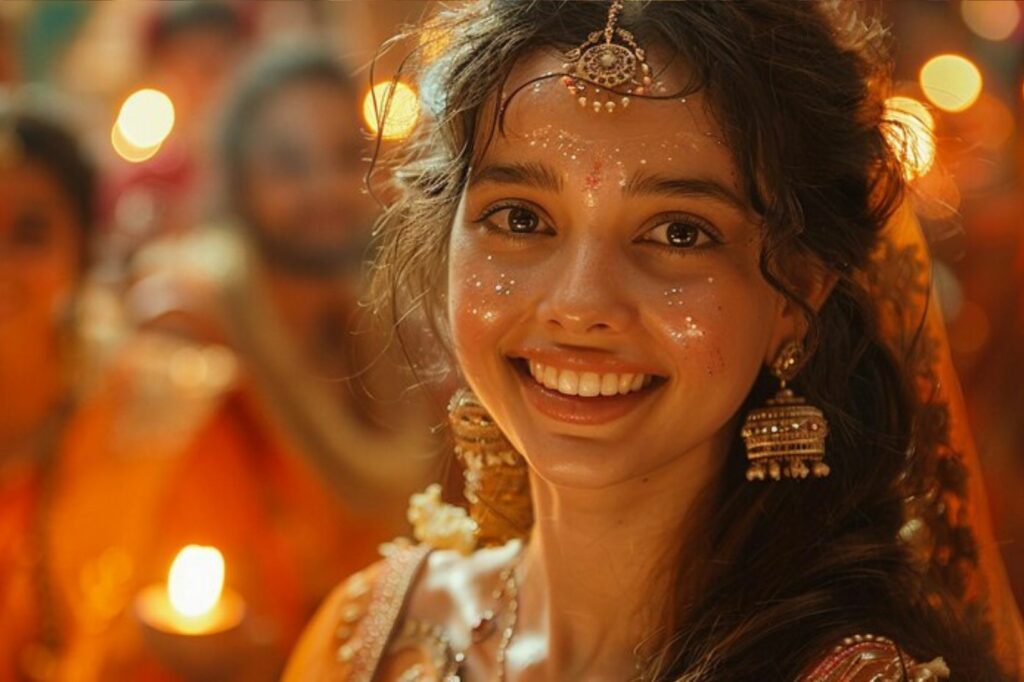Bengali culture, a vibrant tapestry of art, music, literature, and traditions, stands as a testament to the rich heritage of Bengal. Nestled in the eastern part of the Indian subcontinent, this culture is renowned for its intellectual and artistic pursuits. From the soulful melodies of Rabindra Sangeet to the intricate patterns of traditional Bengali sarees, every element reflects a deep connection to history and creativity.
The spirit of Bengal thrives in its festivals, where Durga Puja takes center stage, showcasing a blend of spirituality and artistry. This cultural phenomenon transcends religious boundaries, uniting communities in a celebration of life and devotion.
Culture in Bengali

Bengali culture, characterized by its depth and diversity, offers a vibrant tapestry of traditions. At the heart of this culture lies an emphasis on art and creativity. Bengali literature showcases a vast range of emotions through works by eminent authors like Rabindranath Tagore and Bibhutibhushan Bandopadhyay.
Music forms an integral part of Bengali culture. Classical music, Rabindra Sangeet, and modern genres blend seamlessly, offering a rich auditory experience. These musical traditions have been celebrated globally, influencing artists across borders.
Festivals play a crucial role in fostering community bonds. Durga Puja, the most celebrated festival, brings people together through its grand processions and artistic displays. Other festivals like Pohela Boishakh, the Bengali New Year, and Saraswati Puja also reflect cultural richness.
Cuisine in Bengal is another key cultural pillar, known for its unique flavors and dishes. From delicate sweets like Sandesh to hearty dishes like Bhapa Ilish, Bengali food symbolizes cultural diversity and culinary expertise.
In the realm of cinema, filmmakers such as Satyajit Ray have brought international acclaim to Bengali films. The storytelling in Bengali cinema reflects societal changes and the human experience, making it a crucial component of global cinema.
Language and Literature
Bengali, a language with deep historical roots, plays a vital role in the cultural identity of Bengal. Its literature is renowned for its depth and diversity.
Bengali Language Significance

The Bengali language, spoken by millions in West Bengal and Bangladesh, is one of the most widely spoken languages globally. It evolved through a blend of Sanskrit, Persian, and Arabic influences due to centuries of trade and conquest. Its script, derived from the ancient Brahmi script, reflects the region’s long-standing literary tradition. The Bengali language also holds cultural significance beyond communication, symbolizing identity and unity among Bengali communities worldwide.
Festivals and Traditions
Bengali culture thrives on its vibrant festivals and robust traditions, which play a significant role in fostering community bonds and cultural continuity. These celebrations offer insights into the values, spirituality, and communal spirit of the Bengali people.
Durga Puja Celebrations
Durga Puja stands at the pinnacle of Bengali festivals and is celebrated with unmatched enthusiasm and grandeur. This festival, dedicated to the Goddess Durga, symbolizes the triumph of good over evil. Across Bengal, communities set up elaborately decorated pandals (temporary structures) that house intricately crafted idols of the deity. Cultural performances, including music and dance, accompany the festivities, enhancing the joyous atmosphere. During the ten-day event, people from all walks of life come together, irrespective of religious affiliations, exemplifying unity and shared cultural identity.
Pohela Boishakh: Bengali New Year

Pohela Boishakh marks the beginning of the Bengali calendar year and is celebrated on April 14 or 15, aligning with the lunisolar calendar. This festival represents new beginnings and cultural renewal. On this day, people wear traditional attire, participate in fairs, and enjoy local cuisines like panta bhat (fermented rice) and hilsa fish. The day is filled with processions featuring traditional music, dance, and performances that reflect the cultural richness of Bengal. Businesses often close their old financial ledgers and open new ones, a practice known as Hal Khata, signaling prosperity and fresh starts for the community.
Diversity and Expression
Bengali culture stands as a testament to the harmonious blend of tradition and modernity, offering a rich tapestry of artistic, musical, and culinary excellence. Its global influence is evident through the works of literary giants and filmmakers who continue to inspire audiences worldwide. The vibrant festivals and diverse traditions foster a sense of community and continuity, while the unique flavors of Bengali cuisine reflect its cultural diversity. As Bengali culture evolves, it remains a dynamic and inviting heritage, encouraging exploration and appreciation from all corners of the globe.

